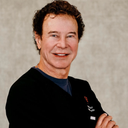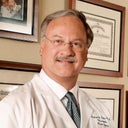Hi II,Generally the larger you go the "more bimbo-like" you look. It is so great you have a photo to show your PS what you are looking for, exactly. Here are a few tips for you because this is perhaps



